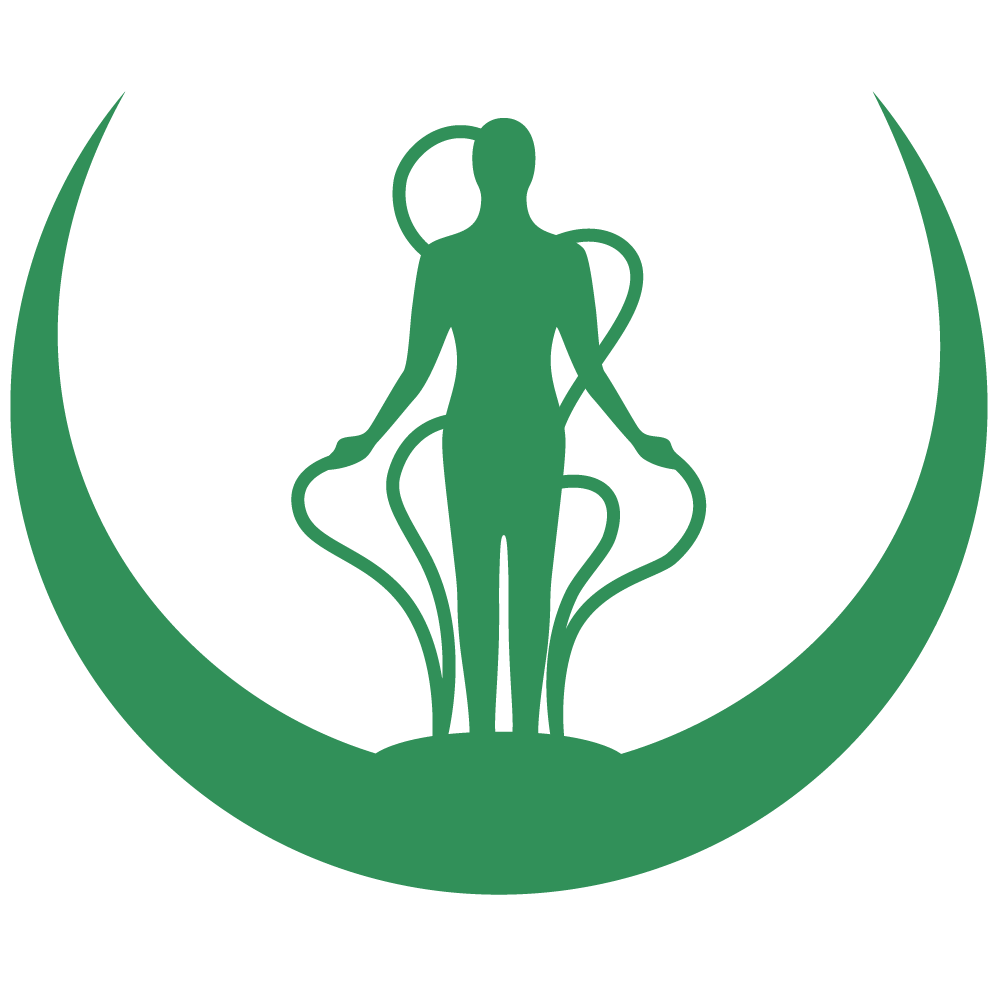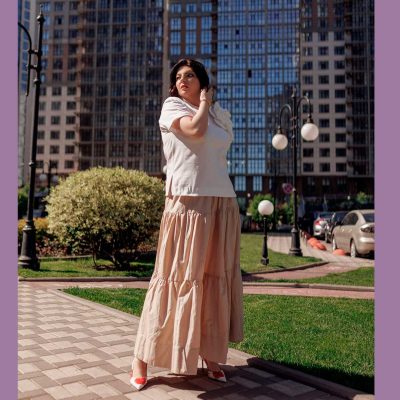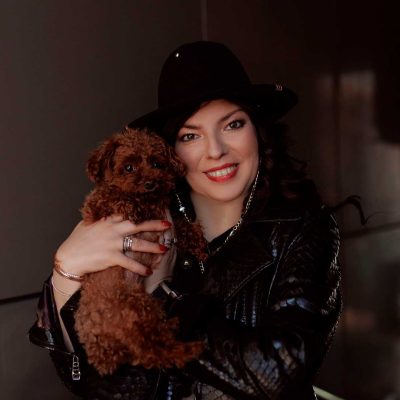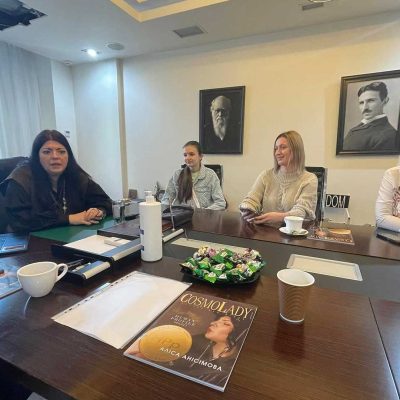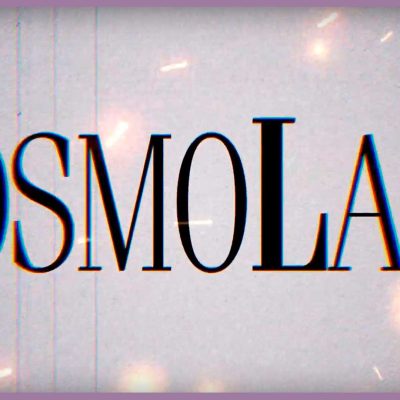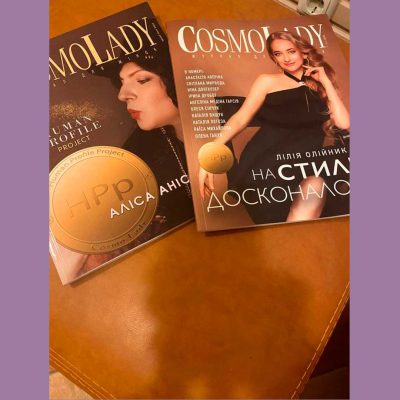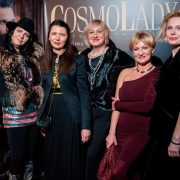“Webirei” 2010
1. Alice, why did you decide to devote part of your life to physiognomy? What was the impetus for studying the human face?
As it was found out from my teacher – I had a predisposition to that I can persistently be engaged in such narrow and deep direction of activity as physiognomic examination. There are a lot of trifles, details and peculiarities. Its etiology, genesis and pathogenesis. All this is not simple. And I believe that the desire to be a professional is one of the main stimuli, if you start such a business. Besides, I like this direction of psychology very much, it is structural, applied, systemic and 98% effective. What could be better? Moreover, the physiognomic expertise is based on: medicine (dermatology, psychiatry, therapeutic diagnostics, traumatology, plastic surgery, forensic medicine, etc. ), psychology (personology, psychosomatics, clinical psychology, energetics, personal development, child psychology, age psychology, etc.), criminology (lying, propensity to criminal acts, psychology of a criminal, etc.), cosmetology, makeup, imageology, stylistics, political science. It’s all very interesting – which is what attracts me. A huge scientific toolkit, a lot of experimental works and diagnostic data. I.e. it is not invented “facial signs” or quasi-knowledge – but scientifically and systematically grounded by many sciences, correctly structured in theory and practice real knowledge. Simply not every person can master the expertise, as much easier are given separate directions of physiognomy, for example: business-physiognomy, color separation or brief system of visual diagnostics (which HR-ers use).
Besides, physiognomy is not only study of a face. In structure of physiognomic examination there are sections of constitutional physiognomy and constitutional pathophysiognomy (features of body structure and features of deviations in development of physique). Namely the form of a body, sizes and their conformities, types (norm, diseases, deviations from norm), features, problems, phenomena etc. are considered. So agree – there is something to be interested in!
2. “Physiognomists know by what signs you can determine the future star of show business or oligarch” – is it true? Is it possible to discern the future on a child’s face? At what age do prospects appear on our face?
Physiognomy is a factual science. That is, it states what is here and now. It does not make predictions based on someone else’s thoughts, groundless guesses or fortune-telling. No predictions or fateful promises. No prophecies or changes of fortune. No psychicism or magic. None of this is physiognomy. That is what is on a face now – that is fixed by the expert – physiognomist, who applies purely scientific (though closed) methods of diagnostics. Another question, that it is not clear and hardly explainable for an average person – but it is normal. As experience is necessary not less than 6 years for application of at least superficial diagnostic work. For to master the theory (not to mention practice) – and this is many years of knowledge. Therefore, to the questions: “how do you do it? How do you analyze it now?” – it would be appropriate to compare it to learning Japanese or Russian. For example: why do you write literately? Why is there such logic and consistency in the character? Etc. This is experience, knowledge, rules – which have been laid down on the subconscious.
The direction of studying of past influences on our face and their traces is also interesting. This (unlike “predictions of the future”) physiognomy defines, as we leave a lot of our experiences on our face. When something of our experience will let us go emotionally – then either a trace remains (as it often happens with deep psychological traumas), or changed forms of traces (residual phenomena, or more often diseases – as a consequence). Some peculiarities can go away without a trace, but, as a rule, very rarely and only after working through with a psychologist.
3. How does your knowledge and skills help you in life, in building relationships?
I try not to use my knowledge in personal relations, as it breaks equality of partners and simply is not fair. Thus, I use expertise, physiognomy, personology only for business and professional purposes, and in other cases I switch my attention from subconscious analysis of people on reception of pleasure from communication with them.
4. They say that a professional psychologist, and even more so a physiognomist, can see through people. If he is silent, it means that he is analyzing you. Is it so? When communicating with a stranger, not a client, do you often use your skills?
The expert – physiognomist – sees, as you say “through” – structures, bases, heredity and many (almost all) blocks of human vital activity. Silence is not a sign of analysis. For example, I analyze a person on the subconscious, and during this period I can easily give a lecture or have a conversation on a topic remote from psychology. And this process does not interfere in any way with my study of a person. It is a matter of experience and knowledge. All the more time for a full-fledged and comprehensive analysis of a Personality, I need from 1 to 5 minutes.
5. If someone were to write a biographical book about you, what would its title be?
Well, I’m more of a science, research, depth analysis kind of person – and practically applying it all to help people. On this basis, the book should be called “The Science and Practice of the Expert Physiognomist”, something like that, I guess. And seriously, it would be good for me to find time and finally to write a number of books about practical physiognomy (for acute absence of them).
6. Alice, who most often turns to you for help as a psychologist, physiognomist?
Absolutely different people. And by age, and by problems, and by status, and by profession (even psychologists, doctors), and by wealth. Let’s put it this way – all walks of life. Especially, I have no special priorities or limitations of work, and clients and partners know it. Anyone who has a desire or need for my help – can safely apply.
7. Do politicians, public people turn to you? For example, to create a necessary image?
Yes, and quite often. The farther it goes, the more active it gets.
8. What problems do people usually come to you with?
The kind that bothers them. Usually, these are personality problems and, as a consequence, related failures in communication, work, self-positioning and self-acceptance…
9. What are the most important principle components for diagnosis?
Availability of high-quality photos, 3-4 pieces are enough (indicating in what period of time they were taken, as well as fresh photos – in order to determine what a person looks like at a given time), date of birth (in order to check the level of skin aging, the presence and texture of wrinkles, moles and facial features – in relation to biological and psychological age) and the request itself (where to describe in detail what exactly the client is important to analyze in the first place – health, personal characteristics, problems – as they are expressed, career, compatibility, etc.).
10. Are there times when you turn down a client?
It happens. But if it happens, it happens immediately. And if we start working, it is already a social contract, which I, for my part, bring to an end.
11. Is there, in your opinion, a concept of “good/bad customer”?
I have a personalized approach to people, so no. Every client is special to me.
12. It’s good when the read from our face is positive, but what if the face reveals deeply hidden complexes and things that have been hidden for years? How do clients react to this?
13. ЕIf surgeon’s hands were applied to the face, how can a physiognomist understand what is true?
14. What would you like to wish the readers of our magazine?
First of all, respect for each other, psychological harmony and absence of internal conflicts. And in the second place – more rest and proper nutrition. All this is the key to health.
